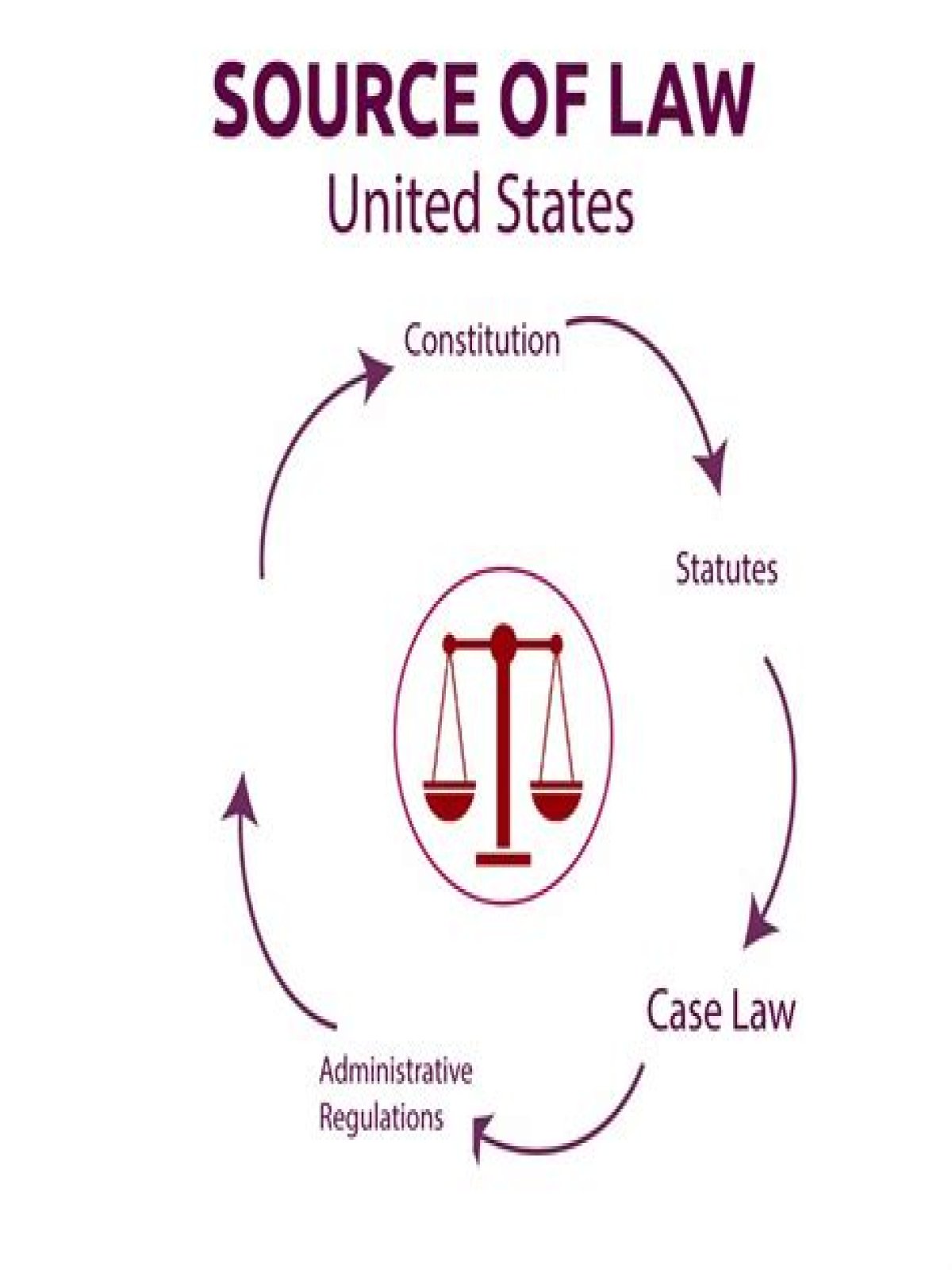Sources of law are the origins of laws, the binding rules that enable any state to govern its territory. The term “source of law” may sometimes refer to the sovereign or to the seat of power from which the law derives its validity.
- What are the 4 main sources of law?
- What are the sources of law in India?
- What is law and types?
- What are the two main kinds of sources of law?
- What is the best definition of law?
- What are the 5 primary sources of law?
- What is the full meaning of law?
- What is law and example?
- What are the sources of law in political science?
- What is law simple words?
- What is law short form?
- Who makes the law?
- Why is case law a primary source?
- What are the functions of law?
- What are pleadings in law?
What are the 4 main sources of law?
- constitutions;
- statutes and ordinances;
- rules and regulations; and.
- case law.
What are the sources of law in India?
Primary Sources of Law are in the Indian constitution, enactments passed by Parliament of India, statute, case laws, treaties and customary law. Constitution/ Charters are the fundamental principles of law by which a government is created and a country is administered.
What is law and types?
Every state and country has its own legal system. There are many different branches of law including corporate law, property and taxation law through to media, environmental health and international law. All types of law have far-reaching effects and help to shape politics, economics and society in numerous ways.What are the two main kinds of sources of law?
Case Law (court decisions) Common Law. Custom. Old writers / authors.
What is the best definition of law?
1 : a rule of conduct or action that a nation or a group of people agrees to follow. 2 : a whole collection of established rules the law of the land. 3 : a rule or principle that always works the same way under the same conditions the law of gravity. 4 : a bill passed by a legislature. 5 : police entry 2 sense 1.
What are the 5 primary sources of law?
The primary sources of law in the United States are the United States Constitution, state constitutions, federal and state statutes, common law, case law, and administrative law.
What is the full meaning of law?
Law is a system of rules created and enforced through social or governmental institutions to regulate behavior, with its precise definition a matter of longstanding debate. … In civil law jurisdictions, a legislature or other central body codifies and consolidates the law.What is law and example?
The definition of law is a set of conduct rules established by an authority, custom or agreement. An example of law is don’t drink and drive. noun. A code of principles based on morality, conscience, or nature. noun.
Are laws primary sources?What Are Primary Sources? Primary sources are the actual laws and rules issued by governing bodies that tell us what we can and cannot do. The four primary sources are constitutions, statutes, cases, and regulations.
Article first time published onWhat are the sources of law in political science?
Scientific Commentaries: Scientific commentaries are another source of law. A scientific commentator, “by collecting, comparing and logically arranging legal principles, customs, decisions and laws lays down guiding principles for possible cases. He shows the omission and deduces principles to govern them.
What is law simple words?
Law is an instrument which regulates human conduct/behavior. Law means Justice, Morality, Reason, Order, and Righteous from the view point of the society. Law means Statutes, Acts, Rules, Regulations, Orders, and Ordinances from point of view of legislature.
What is law short form?
Rate it: LAW. Legal Act of War. Governmental » Law & Legal — and more…
Who makes the law?
It is a process which works in India on the basis of the Constitution of India. Lawmaking in modern democracies is the work of legislatures, which exist at the local, regional, and national levels and make such laws as are appropriate to their level, and binding over those under their jurisdictions.
Why is case law a primary source?
Case law can be binding depending on jurisdiction and court level. Cases pertaining to statutes are important because if a court rules a section is to be interpreted in one way that interpretation becomes law.
What are the functions of law?
Definition and Regulation of Social Relationships. Identification and Allocation of Official Authority. Dispute Settlement and Remedies. Change of Law.
What are pleadings in law?
Pleadings are certain formal documents filed with the court that state the parties’ basic positions. … Probably the most important pleading in a civil case, since by setting out the plaintiff’s version of the facts and specifying the damages, it frames the issues of the case.
